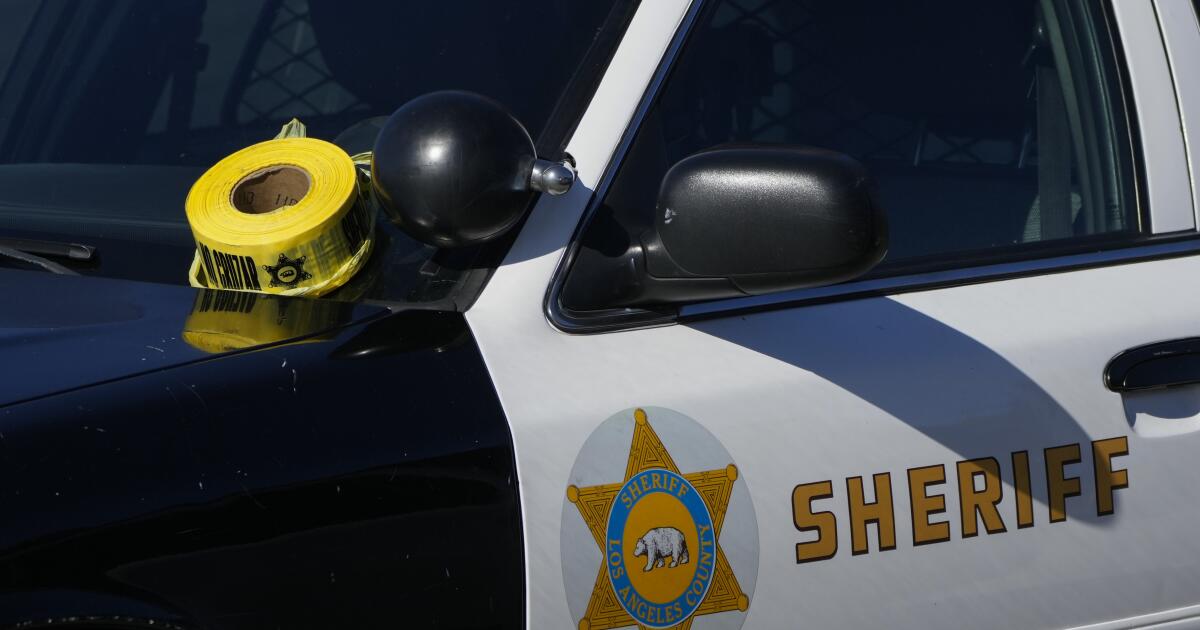Wildfires burning in Canada began sending smoke around the border on Sunday and into the past, prompting U.S. officers to factor breeze feature blackmails in different northern states—and professionals say family will have to be ready to revel in extra breeze feature signals this summer season.
Portions of Montana, the Dakotas, Minnesota, and Wisconsin suffered from broke breeze feature on Sunday and Monday as a result of smoke from wildfires proceeding to burn in British Columbia and Alberta. Moment skies within the U.S. most commonly cleared through Tuesday, professionals say they’re anticipating any other lively wildfire season this summer season.
Terminating summer season used to be Canada’s maximum miserable wildfire season on report, and researchers discovered that it used to be additionally the worst season in contemporary historical past for smoke publicity in line with U.S. resident.
“We still think that last year was pretty extreme, kind of an anomaly, but we do expect an above average year (this year) in terms of air quality alerts,” says David Brown, an breeze feature meteorologist on the Minnesota Air pollution Keep an eye on Company.
Brown instructed family to remember and wary as a result of the chance that breathing in wildfire smoke poses.
“Wildfire smoke can really affect everyone,” Brown tells TIME. “Prior to these really bad two summers, air quality has kind of been … an issue that probably only affects a small percentage of the population. But these impactful wildfire smoke events really can have impacts on everyone, so everyone kind of has to pay closer attention to the weather and air quality.”
Effective debris in wildfire smoke—referred to as PM2.5 as a result of they have got a diameter of lower than 2.5 micrometers—are so petite that they are able to input your lungs or even your bloodstream, in line with Craig Czarnecki, the outreach coordinator for the Wisconsin Section of Herbal Assets’ Breeze Control Program.
The typical individual may revel in reasonably gentle signs upcoming inhaling those debris, like a scratchy throat and itchy sights, Brown explains. However for kids, used family, and family with pre-existing center or respiration situations, inhaling those debris may cause extra important signs—for example, it will exacerbate an individual’s bronchial asthma. In terminating circumstances, some family with pre-existing center situations have skilled center assaults or center palpitations.
Learn Extra: What Wildfire Smoke Does to the Human Frame
A 2023 learn about revealed within the Magazine of the American Scientific Affiliation discovered an affiliation between smoke from Canadian wildfires and an building up within the selection of family being handled for asthma-related signs in situation segments in Fresh York Town.
The learn about presentations that “wildfire smoke is a public health threat,” in line with Kai Chen, an laborer mentor on the Yale Faculty of People Condition and top creator of the learn about. However the impact of wildfire smoke on bronchial asthma is “just one piece” of the affect wildfire smoke may have on family’s condition, Chen says.
Analysis additionally presentations that publicity to wildfire smoke may have long-term affects. A running paper within the Nationwide Bureau of Financial Analysis discovered that, as circumstance alternate will increase the superiority and depth of wildfires, wildfire smoke publicity may top to almost 28,000 deaths a life through 2050 —a 76% building up from estimated moderate deaths between 2011 and 2020.
Alternative research display that long-term publicity to PM2.5 can impair kids’s lung building and building up the chance of growing lung most cancers or center sickness.
When officers factor breeze feature signals, family will have to restrict their publicity to the wildfire smoke, release exertion, and stock an visual out for doable signs, like coughing or shortness of breath, Brown and Czarnecki advise. Dressed in an N95 masks could be useful if family are moving to be outdoor for prolonged sessions of pace, Czarnecki provides.
“When we have advisories like this, the best way to prevent breathing particles during smoke events is to stay indoors,” Czarnecki says.











